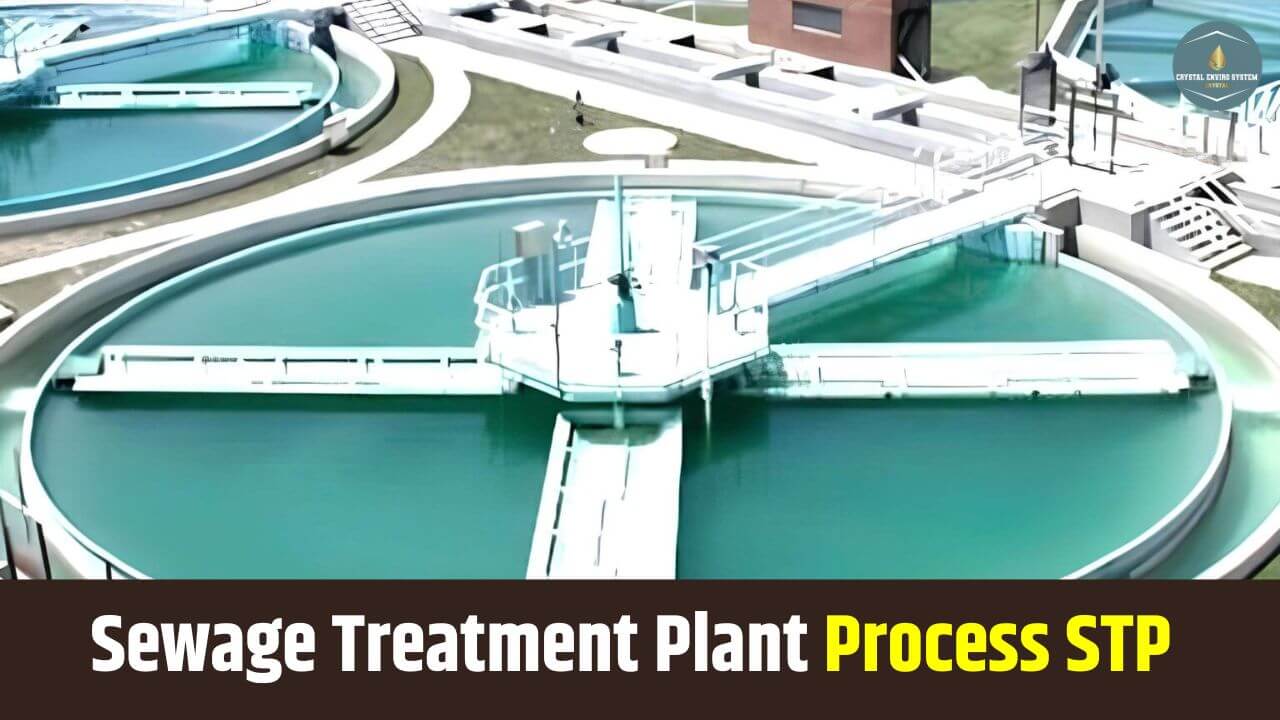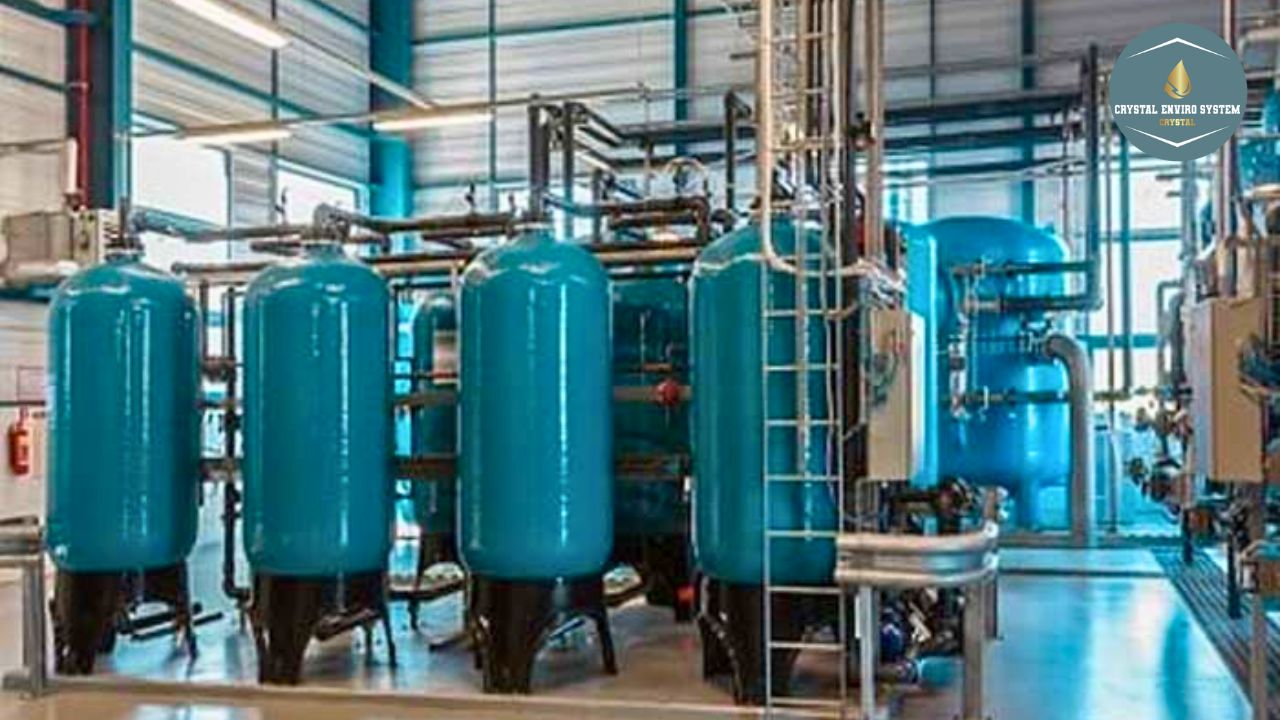Sewage Treatment Plant Process STP
Welcome to our blog post on sewage treatment plants! If you’ve ever wondered how all that wastewater from your home or workplace magically disappears, well, it’s not magic at all. It’s actually the result of a fascinating and essential process known as sewage treatment.
In this article, we’ll dive deep into the world of sewage treatment plants (STPs) and explore how they work their magic to turn dirty water into clean and safe liquid for disposal or reuse. We’ll unravel the intricacies of the sewage treatment plant process, discuss sludge digestion (don’t worry, it’s less gross than it sounds), weigh up the pros and cons of having an STP, and even provide some insights on building one.
So grab a cuppa and prepare to be amazed by what goes on behind-the-scenes in these unsung heroes of sanitation – sewage treatment plants!
What is a Sewage Treatment Plant?
A sewage treatment plant, or STP for short, is a facility designed to treat and process wastewater from our homes, businesses, and industries. It plays a crucial role in maintaining public health and protecting the environment by removing harmful pollutants from the water before it is discharged back into rivers or oceans.
At its core, an STP works like a giant purification system. It receives all kinds of wastewater – think toilets, sinks, showers – and puts it through several treatment processes to remove impurities such as solids, chemicals, and disease-causing organisms.
The primary goal of any sewage treatment plant is to ensure that the water being released back into the ecosystem meets certain quality standards. This means removing not only visible debris but also invisible contaminants that can pose risks to both human health and aquatic life.
To achieve this feat of modern engineering, sewage treatment plants employ various physical (such as screening), biological (like using bacteria to break down organic matter), and chemical processes (such as disinfection with chlorine). By combining these different methods in a carefully orchestrated sequence known as the sewage treatment plant process, they are able to transform dirty wastewater into something much cleaner.
So next time you flush your toilet or wash your dishes without giving it much thought, take a moment to appreciate the incredible work happening behind-the-scenes at sewage treatment plants. They’re silently working day and night to keep our waterways clean while ensuring we have access to safe drinking water.
How Sewage Treatment Plant Works?

Sewage treatment plants are an essential part of our modern infrastructure, ensuring that wastewater is properly treated before being released back into the environment. But have you ever wondered how these plants actually work? Let’s take a closer look.
The process starts with the collection of sewage from homes and businesses through a network of pipes. This raw sewage then enters the treatment plant where it undergoes several stages to remove impurities and harmful substances.
First, large objects like rocks and trash are removed using screens or grates. Then comes the primary treatment phase, where solid particles settle down to form sludge at the bottom while grease floats to the top for removal.
Next up is secondary treatment, which involves biological processes. Microorganisms are introduced to break down organic matter further. These microorganisms consume pollutants such as nitrogen and phosphorus, reducing their levels in the water.
After secondary treatment, any remaining solids are separated from the liquid through settling tanks or filtration systems. The treated water can now be discharged into rivers or used for irrigation purposes if it meets quality standards.
Some sewage treatment plants also include tertiary treatment processes for advanced purification. This can involve additional steps like disinfection using chemicals or ultraviolet light to kill any remaining pathogens.
Sewage treatment plants play a crucial role in protecting public health and preserving our natural resources by treating wastewater effectively. It’s fascinating how these facilities combine various physical, chemical, and biological processes to ensure that our waterways remain clean and safe for both humans and wildlife alike.
The Process of Sewage Treatment
The process of sewage treatment is a complex and fascinating one. It involves several stages that work together to remove contaminants from wastewater before it can be safely discharged back into the environment.
The first step in the process is known as preliminary treatment. This typically involves screening to remove large objects such as sticks and debris, followed by grit removal to get rid of sand, gravel, and other heavy particles.
Next up is primary treatment, which focuses on removing suspended solids and organic matter. This is done through processes like sedimentation and flotation, where gravity or air bubbles help separate the solid materials from the liquid.
Once primary treatment is complete, the wastewater moves on to secondary treatment. Here, biological processes come into play. Microorganisms are introduced to break down any remaining organic matter in the water. This can be achieved through techniques like activated sludge or trickling filters.
After secondary treatment comes tertiary or advanced treatment. This stage aims at further polishing the water to meet specific quality standards for reuse or discharge purposes. Techniques used may include filtration, disinfection with chemicals like chlorine or UV light exposure.
Throughout these different stages of sewage treatment plant operation processes – each designed with particular goals – various steps are taken; all working towards purifying wastewater effectively while minimizing environmental impact.
Sludge digestion
Sludge digestion is a crucial step in the sewage treatment plant process. It involves breaking down and decomposing the organic matter present in sludge, which is the semi-solid residue produced during sewage treatment. This process helps to reduce the volume of sludge and stabilize it for further treatment or disposal.
During sludge digestion, bacteria naturally present in the sludge feed on organic materials, such as fats, proteins, and carbohydrates. These bacteria break down these compounds through a series of biochemical reactions, resulting in the production of biogas and nutrient-rich liquid called digested sludge.
The biogas generated during sludge digestion predominantly consists of methane (CH4) and carbon dioxide (CO2). This biogas can be captured and used as an energy source to power various processes within the sewage treatment plant or even generate electricity.
Digested sludge can be further dewatered to remove excess water content before it undergoes additional treatments like composting or incineration. The remaining solids can then be used as fertilizer or disposed of safely according to local regulations.
Sludge digestion plays a vital role in minimizing waste generation while recovering valuable resources from wastewater. It contributes to sustainable practices by reducing environmental impact and promoting energy efficiency within sewage treatment plants.
Pros and Cons of a Sewage Treatment Plant
Pros and Cons of a Sewage Treatment Plant
Sewage treatment plants play a crucial role in maintaining the cleanliness and hygiene of our surroundings. They offer numerous benefits, but they also come with their own set of challenges. Let’s explore some of the pros and cons associated with sewage treatment plants.
One major advantage is that sewage treatment plants help protect the environment by treating wastewater before it is discharged into rivers or oceans. This reduces pollution levels and prevents harm to aquatic life.
Another benefit is the potential for resource recovery. Sewage treatment plants can extract valuable materials such as phosphorus and nitrogen from wastewater, which can be used as fertilizers in agriculture.
Additionally, these facilities contribute to public health by reducing the spread of waterborne diseases. By removing harmful pathogens and contaminants from wastewater, sewage treatment plants ensure safer water supplies for communities.
However, there are certain drawbacks to consider as well. Building and operating a sewage treatment plant requires significant investment in infrastructure and ongoing maintenance costs. This financial burden may pose challenges for smaller communities or developing regions with limited resources.
Moreover, sewage treatment processes consume energy, contributing to greenhouse gas emissions and environmental impact. Efforts should be made to minimize energy consumption through efficient design and operation strategies.
Odor control can be an issue near sewage treatment plants due to the presence of decomposing organic matter. Although modern technologies have improved this aspect significantly, it remains a concern that needs continual attention.
In conclusion,
sewage treatment plants offer important benefits such as environmental protection, resource recovery, and improved public health. However, they also face challenges related to cost management,
energy consumption,
and odor control.
By addressing these concerns proactively,
we can maximize the advantages while minimizing any negative impacts associated with sewerage
treatment plant operations
How to Build a Sewage Treatment Plant
Building a sewage treatment plant requires careful planning and consideration of various factors. Here are some key steps to follow in the process:
1. Site Selection: The first step is selecting a suitable location for the plant. Factors such as proximity to water sources, population centers, and accessibility need to be taken into account.
2. Design and Engineering: Once the site is selected, engineers work on designing the treatment plant layout, which includes determining the size and capacity of each component.
3. Construction: After obtaining necessary permits and approvals, construction of the sewage treatment plant begins. This involves building structures like settling tanks, aerators, filters, and disinfection units.
4. Installation of Equipment: Specialized equipment such as pumps, blowers, screens, and meters are installed to facilitate efficient wastewater treatment.
5. Testing and Commissioning: Before the plant becomes fully functional, it undergoes rigorous testing to ensure that all components are working properly. Any issues identified during this phase are addressed promptly.
6. Operation and Maintenance: Once operational, regular maintenance is crucial for optimal performance of the sewage treatment plant. Proper training should also be provided to operators responsible for running the facility smoothly.
Building a sewage treatment plant requires expertise in engineering principles as well as adherence to environmental regulations.
Conclusion
Conclusion
In this article, we have explored the fascinating world of sewage treatment plants (STPs) and gained a better understanding of how they work. Sewage treatment plants play a crucial role in ensuring that our wastewater is properly treated before being discharged back into the environment.
The process of sewage treatment involves several stages, including preliminary treatment, primary treatment, secondary treatment, and finally disinfection. Each stage has its own set of processes and technologies designed to remove contaminants from the wastewater effectively.
One important aspect of sewage treatment plants is sludge digestion. This process helps break down organic matter in the sludge through anaerobic digestion or aerobic composting. The resulting byproduct can be used as fertilizer or energy source, making it a valuable resource rather than just waste.
While sewage treatment plants offer numerous benefits such as protecting public health and preserving the environment, there are also some challenges to consider. These include maintenance costs, odor control measures, and potential impact on nearby ecosystems if not properly managed.
If you’re considering building a sewage treatment plant for your community or organization, it’s crucial to understand the specific requirements and regulations in your area. Consulting with experts in wastewater management will help ensure that your plant meets all necessary standards while efficiently treating wastewater.
In conclusion,
Sewage treatment plants are essential infrastructures that help protect our water resources and promote sustainable development. By implementing efficient processes and utilizing innovative technologies like sludge digestion, we can mitigate pollution risks while harnessing valuable resources from our wastewater.
Remember that by investing in proper sewer infrastructure like STPs today, we contribute to a cleaner environment for future generations tomorrow! So let’s continue working towards creating more sustainable solutions for managing our wastewater effectively.




